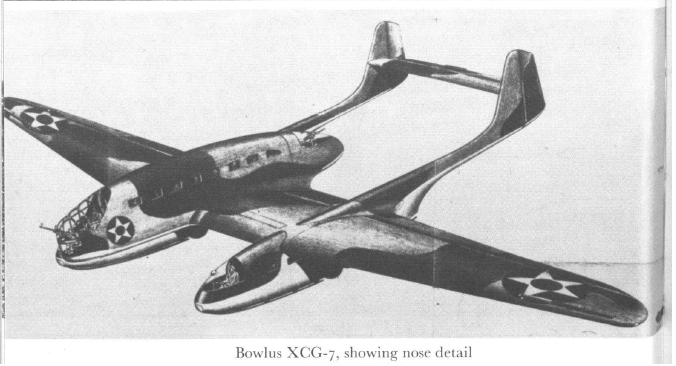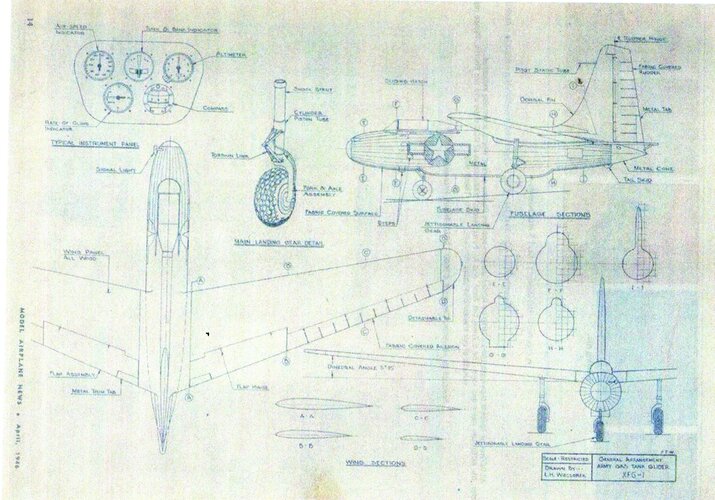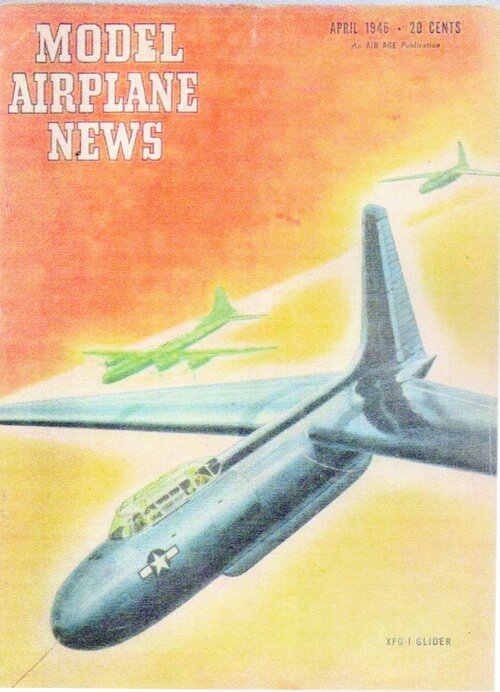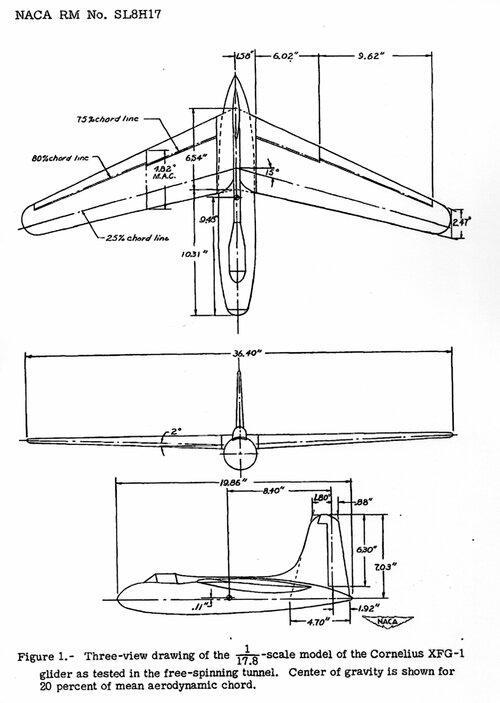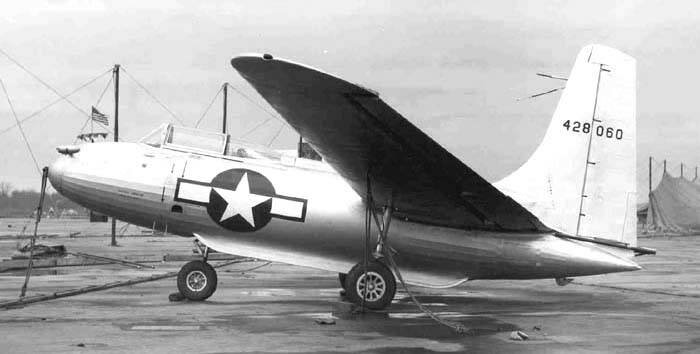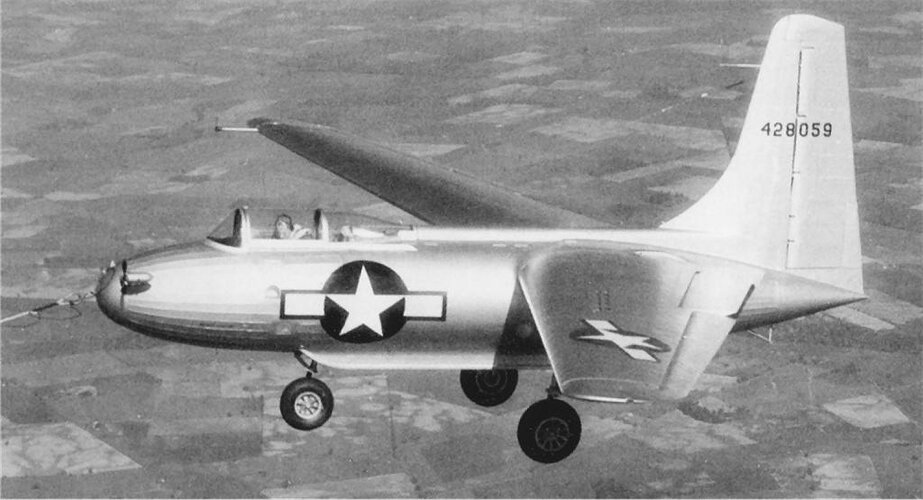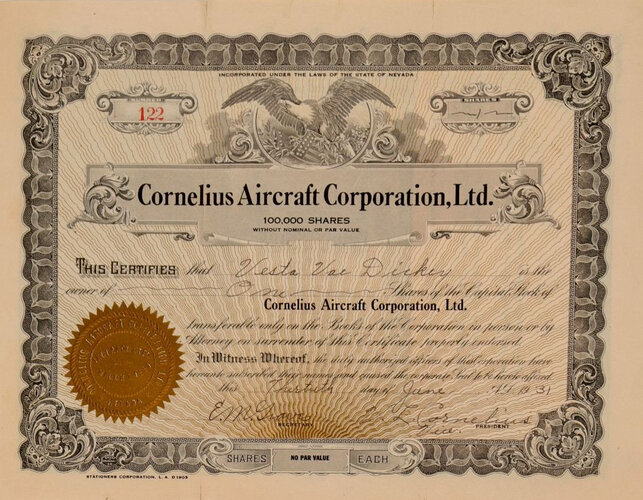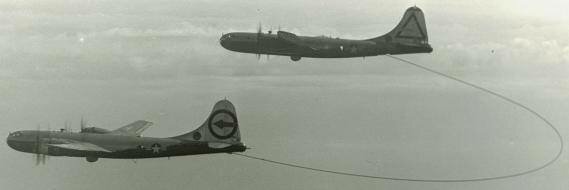- Joined
- 19 October 2012
- Messages
- 1,943
- Reaction score
- 1,827
A brief article in the October 1941 issue of Aeroplane mentions a proposal put forward by the US sailplane designer William Hawley Bowlus for a glider loaded with 500+ gallons of fuel to be towed into the air by a bomber and the fuel transferred to the bomber once in the air, basically a 'flying fuel tank'. The British Air Commission are reported to have requested specifications. There is a very brief description of the system in the article but does anyone know whether any drawings of details have survived?

